
The Phenomenon of Avian Elocution
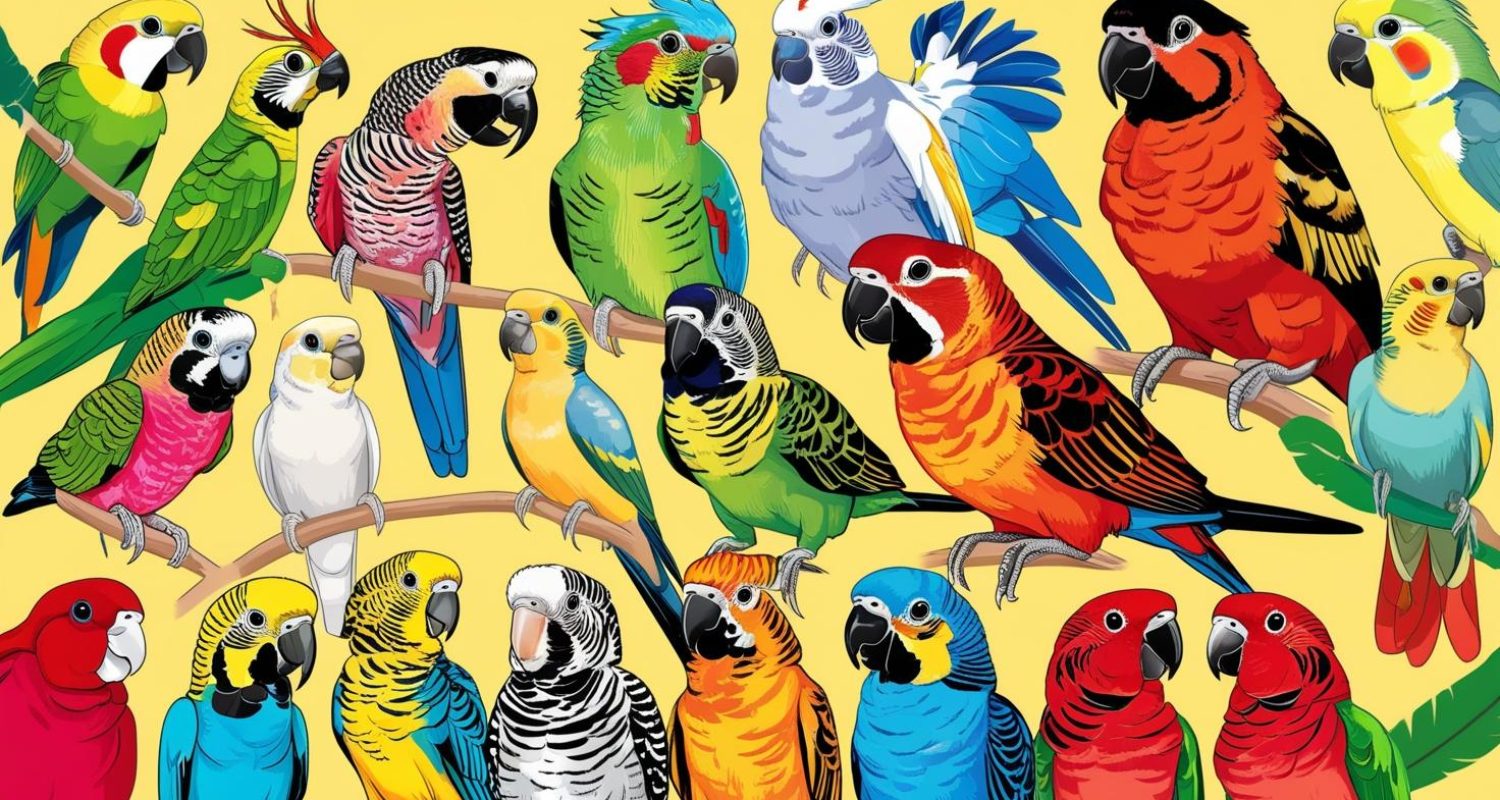
The capacity of certain avian species to engage in vocal mimicry, often replicating the complex phonemes and discursive patterns of human speech, represents one of the most astonishing intersections between the animal kingdom and human perception. This extraordinary ability has captivated human beings for millennia, transforming some birds from mere feathered companions into celebrated interlocutors whose sophistication rivals some of the most intelligent non-primate mammals. The mechanics and cognitive underpinnings of this phenomenon are subjects of ongoing neuroscientific and ethological investigation, continually revealing the profound complexity of the avian brain.
The Biological Foundation of Avian Vocal Versatility
At the physiological core of this vocal versatility lies the syrinx, the unique vocal organ found in birds. Unlike the mammalian larynx, the syrinx is situated at the base of the trachea, where it bifurcates into the bronchial tubes. This specialized structure, often comprised of two independently controllable sound sources, allows birds to produce a bifurcated or duet song, and—crucially for talking birds—to create the subtle variations in air pressure and membrane tension required for an exquisite imitation of human intonation and timbre. This anatomical difference is fundamental to their mastery of heterospecific vocalizations.
The most renowned practitioners of this vocal artistry belong to the order Psittaciformes, the parrots, with the African Grey Parrot (Psittacus erithacus) holding a particularly distinguished position. African Greys are not merely rote imitators; extensive research has demonstrated their remarkable cognitive abilities, often likened to those of a three to five-year-old human child. These parrots exhibit an uncanny capacity for contextual comprehension, associating words and phrases with their correct meaning, objects, or actions. The celebrated African Grey named Alex, studied by Dr. Irene Pepperberg, was able to label over 100 different objects, colours, and shapes, and even grasped concepts like “same” and “different”—an intellectual feat that firmly establishes the species’ superiority in avian intelligence. Their expansive, often colossal vocabularies, sometimes exceeding a thousand words, are a testament to their accelerated and open-ended vocal learning capabilities.
Spectrum of Sophistication: From Parrots to Mynas
Beyond the African Grey, other parrots display commendable talking prowess. Amazon Parrots (Amazona genus), known for their vibrant plumage and exuberant personalities, possess an exceptional clarity of voice, often replicating the cadence and rhythmic quality of human speech with astounding fidelity. The Budgerigar (Melopsittacus undulatus), or common parakeet, though small, is a surprise contender, with some individuals demonstrating prodigious vocabularies that have, in some instances, set world records for word count. They may not possess the same clarity as an Amazon or Grey, but their determination to mimic the ‘flock’—their human family—is unwavering.
Interestingly, the ability to mimic is not exclusively a psittacine trait. The Common Hill Myna (Gracula religiosa), a member of the starling family, is another exceptional mimic, capable of replicating speech with a tone and inflection so clear it can sometimes be mistaken for a human speaking just out of sight. Similarly, members of the Corvidae family, such as ravens and crows, can be trained to imitate a small, though expressive, range of human vocalizations.
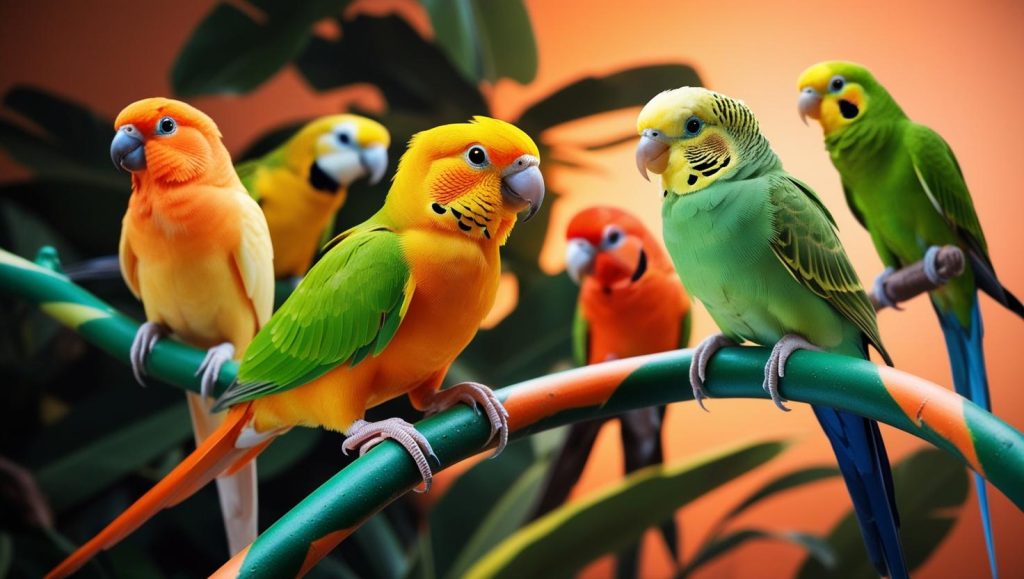
Social Dynamics and the Drive for Elocution
The motivation behind this inter-species communication in captive birds is believed to be rooted in their inherent social needs. In the wild, parrots and other highly social birds use distinct local dialects to identify members of their flock and maintain social cohesion. A pet bird, having imprinted on its human caregivers, interprets the human household as its flock. By mimicking human speech—the dominant vocalization in its immediate environment—the bird is, in essence, trying to conform to the flock’s idiosyncrasies and solidify its position within the social structure. This drive for affiliation is the emotional and behavioral foundation for their linguistic achievements.
Caring for these articulate avian companions, particularly in metropolitan areas like Toronto and Mississauga, requires a deep understanding of their cognitive and social needs. Their intelligence necessitates substantial mental and physical enrichment to prevent boredom, which can often manifest in undesirable behaviours. Owners must be prepared for a long-term, unprecedented commitment, as many large parrots boast lifespans that can exceed 50 years.
This realization leads to a critical point: while a talking bird is a source of incalculable amusement and companionship, the superlative responsibility that comes with their care cannot be overstated. This is where the services of dedicated professionals become indispensable. For all the devoted bird owners in the Greater Toronto Area, from the urban expanse of Toronto to the thriving community of Mississauga, securing specialized care is essential.
Our business, Bird Sitting Toronto, is fundamentally dedicated to providing this meticulous and knowledgeable care. We understand the nuances of your bird’s temperament, diet, and crucial social interaction needs. We ensure that your feathered family member receives the uncompromised attention and intellectual stimulation they require, even in your absence, guaranteeing their well-being across Toronto and Mississauga.
Frequently Asked Questions (FAQs) for Avian Companions
1. What unique anatomical feature allows birds, particularly parrots, to mimic human speech?
A. The capacity for sophisticated vocal mimicry stems from the bird’s unique vocal organ, the syrinx. Unlike the mammalian larynx, the syrinx is located at the base of the trachea and is often composed of two independently controllable sound sources. This structure allows birds to produce the complex, subtle variations in sound required to imitate human speech’s intonation and timbre with high fidelity.
| Related Official Source |
| Source: The evolution of the syrinx: An acoustic theory |
| Type: Peer-reviewed academic research (PLOS Biology) |
| Relevance: This paper provides scientific evidence and theory on why the syrinx evolved at its location and how it constitutes a biomechanical advantage for efficient sound production, fundamental to avian vocalization. |
2. How advanced is the cognitive ability of African Grey Parrots?
A. The African Grey Parrot (Psittacus erithacus) is widely regarded as one of the most intelligent non-primate animals. Extensive research, such as the studies involving the parrot named Alex, demonstrated that African Greys can use words meaningfully, associate words with objects, understand abstract concepts (like “same” and “different”), and even grasp a concept akin to “zero.” Their reasoning abilities are often compared to those of a three- to five-year-old human child.
| Related Official Source |
| Source: African gray parrot: Intelligence Tests |
| Type: Internationally recognized authoritative reference (Britannica) |
| Relevance: The article summarizes and validates the core scientific research by Dr. Irene Pepperberg, confirming that African Greys can associate sound with meaning, demolishing previous theories of rote mimicry. |
3. What is the expected commitment when owning a large parrot species?
A. Large parrot species, such as African Greys, Amazons, and Macaws, have remarkably long lifespans, often exceeding 50 years and sometimes reaching 80 years, rivaling or exceeding human lifespans. Prospective owners must recognize that acquiring a large parrot is a profound, multi-generational commitment that requires planning for the bird’s care throughout its entire life, including provisions for rehoming or care in the event the owner passes away.
| Related Official Source |
| Source: Parrots as pets: To have or have not? |
| Type: Provincial Animal Welfare Organization (Ontario SPCA and Humane Society) |
| Relevance: This source emphasizes the critical need for careful consideration and planning due to the long life expectancy of large parrots, noting that many outlive their owners and require specialized care. |
4. Are African Greys and other talking parrots permitted as pets in the Greater Toronto Area (Toronto and Mississauga)?
A. Pet ownership is regulated by municipal bylaws. In the City of Toronto, the Animals Bylaw lists specific prohibited animals. While common pet parrots (like African Greys, Cockatiels, and Budgerigars) are generally not listed as prohibited, it is crucial for owners in both Toronto and Mississauga to review the current municipal bylaws regarding exotic pet possession and ensure full compliance before acquisition, as regulations can change.
| Related Official Source |
| Source: Prohibited Animals – City of Toronto |
| Type: Municipal Government By-law (City of Toronto) |
| Relevance: This official city page details the specific species that are illegal to keep within Toronto city limits, providing the necessary legal context for local pet owners. |
5. What are the key welfare considerations for providing specialized care for intelligent birds?
A. Highly intelligent and social birds require significant mental and physical enrichment to meet their behavioral needs and prevent distress or undesirable behaviors (like feather plucking). Care includes providing a species-appropriate diet, regular veterinary consultation, and minimizing stress during handling. Because birds are hypersensitive to physical restraint and shock, proper, gentle handling techniques are critical to ensure their safety and well-bein
Categories
Our Blogs


All About Conure Parrots: Your Complete Guide To Conure Types, Care, Behavior, And More

How do you take care of a pet bird hatchling?

Campus Estates Animal Hospital (Pets and Vets): Exceptional Care for Your Beloved Companions
Tags
Latest News
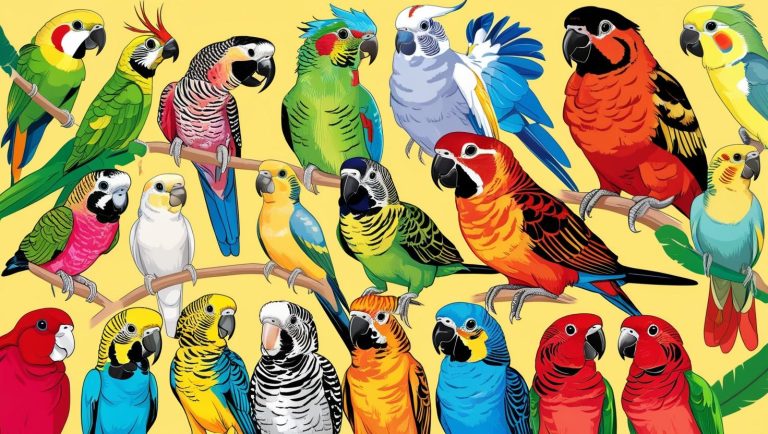
The Phenomenon of Avian Elocution
The capacity of certain avian species to engage in vocal mimicry, often replicating the complex
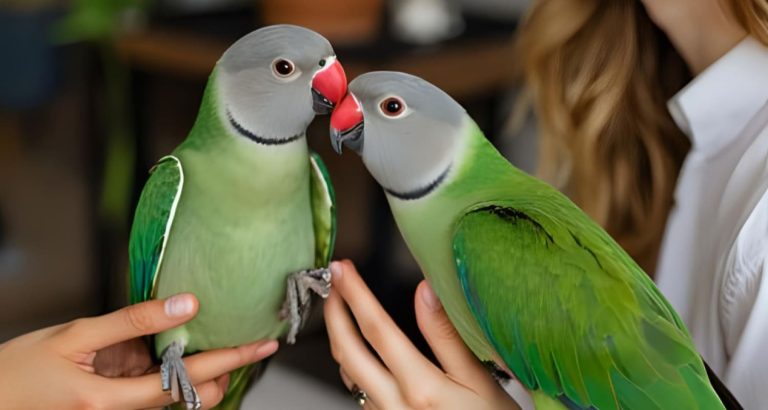
How to Find the Best Bird Sitter in Toronto & Mississauga
Leaving your beloved feathered friend behind for a trip is never easy. Unlike a dog
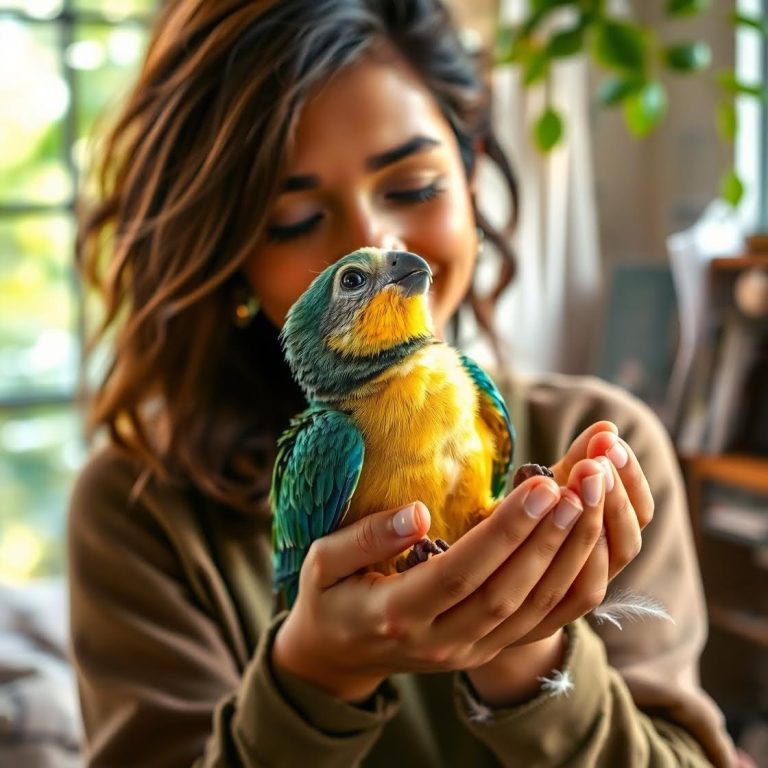
Top 5 Things to Know Before Adopting a Bird in Toronto 🕊️
Adopting a bird isn’t just about bringing home a pet—it’s about opening your heart to
